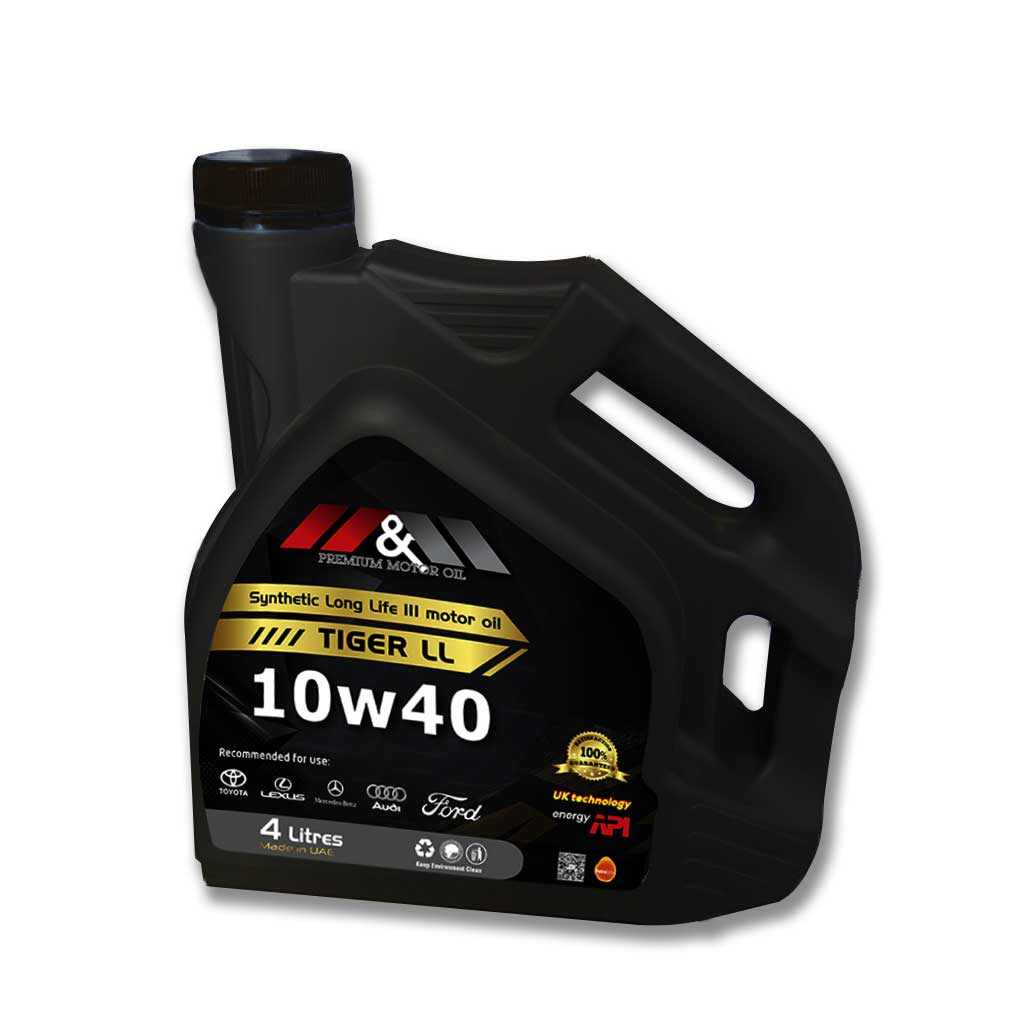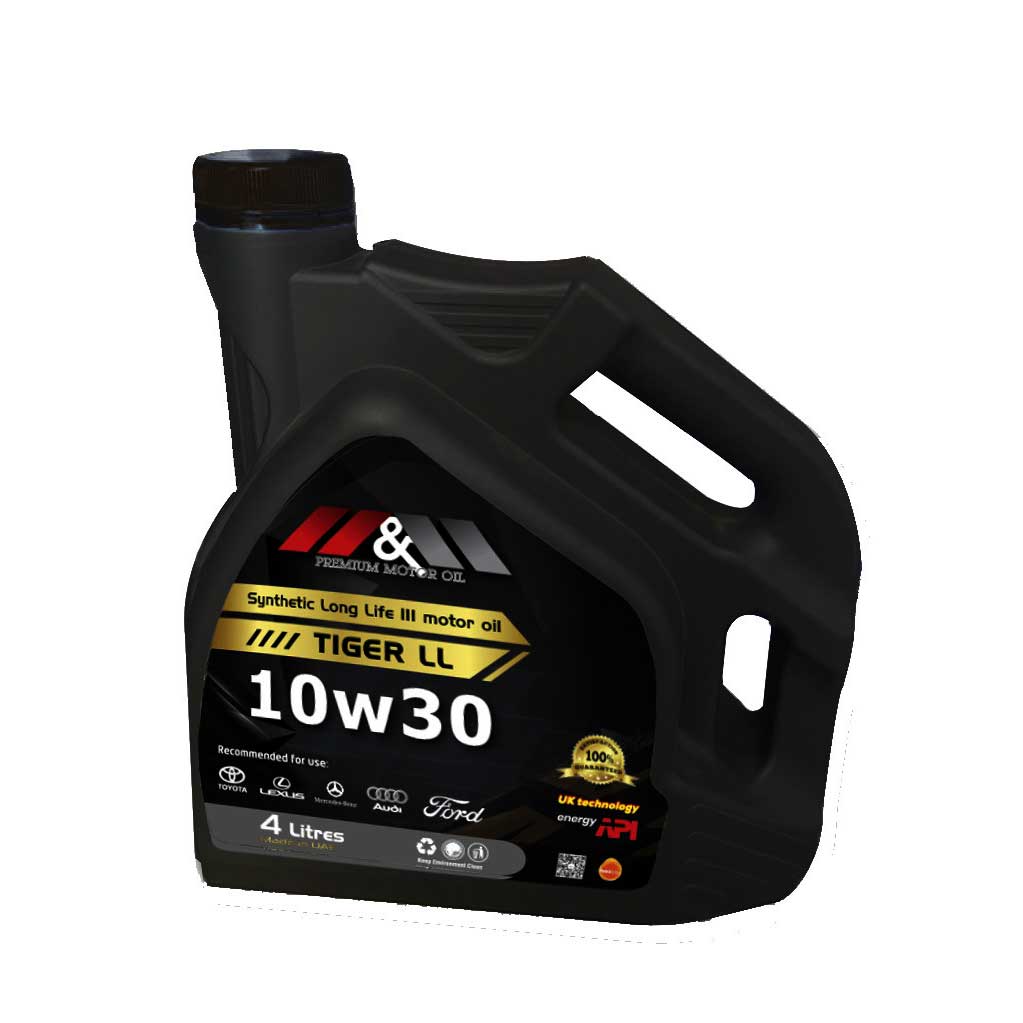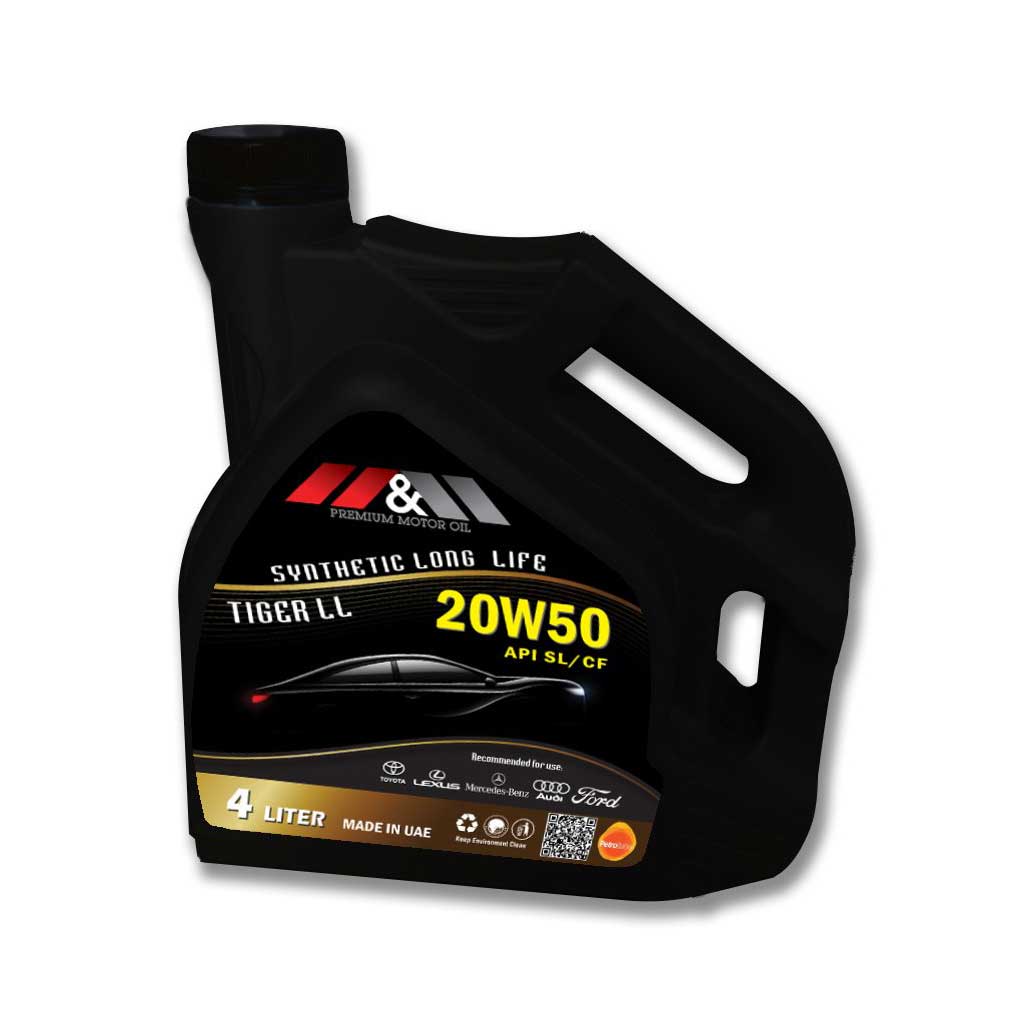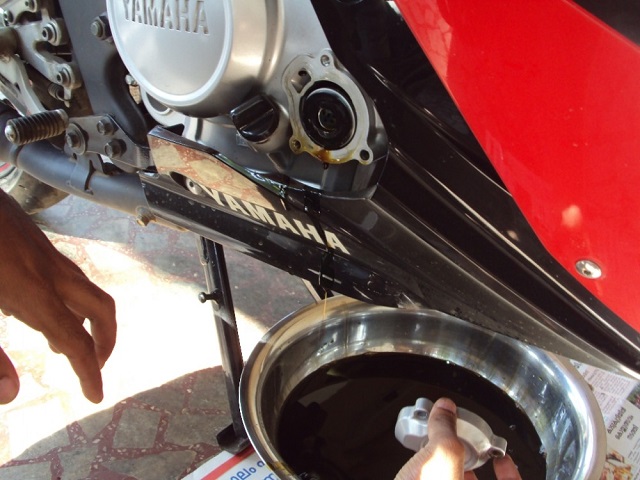Introduce
With advancements in technology, today's car engines are smaller, more powerful, and more efficient. Following that, the lubricant industry is also constantly developing to keep up with and adapt to the present. Therefore. Engine oils have also become more diversified to meet the increasing demand for use.
Lubricating oil products
If in the previous article, we learned the basics of lubricants and their uses for the engine, in this article we will learn about different oils, as well as how to distinguish them.
Basically, lubricants can be distinguished according to the following criteria:
– Classification by viscosity (SAE).
– Sort by feature (API).
Classification by viscosity (SAE)
Properties of lubricating oil
In the engine, oil has many effects such as reducing friction between two parts in direct contact with each other, cooling, sealing, and anti-corrosion. However, its most basic effect is still to reduce friction, so viscosity is the most important parameter affecting the quality of a commercial lubricant product.
Oil viscosity changes with temperature. When at high temperature, the viscosity decreases and vice versa. Low viscosity oils are easier to migrate than high viscosity oils. In addition, because the weight of the molecules that make up the lubricant is directly related to its viscosity, it is often called heavy oil or light oil. Light oil refers to low viscosity oil, heavy oil refers to high viscosity oil.
In fact, light oil is easier to pump and circulate through the engine faster. In contrast, heavy oil usually has a high viscosity, moves slower, so it has higher pressure but lower oil flow through the pump.
What is viscosity grade (SAE)?
In the viscosity classification method, lubricant manufacturers agree to use the classification of the American Society of Automotive Engineers (SAE). The SAE classifications depend on whether the oil product is single grade or multigrade. Multigrade oils have a satisfactory viscosity at many different temperature conditions, while single grade oils only respond at a certain temperature.
Single grade lubricating oil: Single-grade engine oils are usually denoted as SAE 40, SAE 50. Single-grade lubricants are usually only guaranteed to reach the high-temperature viscosity standard for engine lubrication. At low temperatures, the single grade viscosity may be too thick, making it difficult to start and circulate.
Multigrade viscosity oil: Multi-grade viscosity oil is usually denoted by SAE 10W-30, 15W-40, 20W-50, SAE 0W-40... Multi-grade oil can overcome the disadvantages of single-grade lubricant, ensuring lubrication. engine at high temperature, making the car easy to start and circulate.
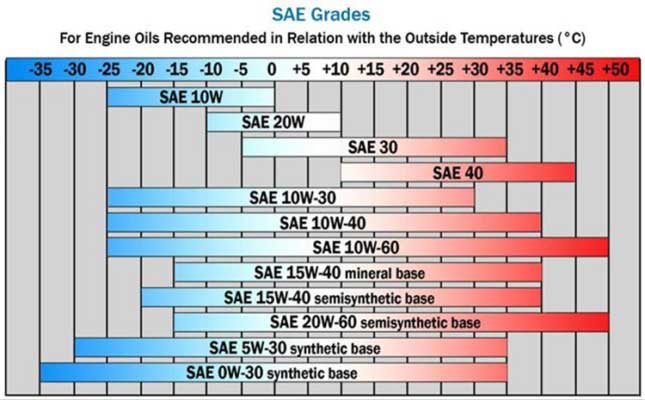
How to identify lubricants?
Before the letter W
SAE's classification system is quite complex, it involves many different concepts. However, the main factors can be pointed out. For multigrade oil, after the letter SAE is a prefix such as 5W, 10W or 15W, 20W. The numbers before the letter "W" refer to the temperature range at which the engine oil is viscous enough to start the car in the cold. To determine the starting temperature in terms of this character, you simply subtract those numbers from 30 by subtracting the temperature by 30. For example, a 10W oil will start well at minus 20 degrees Celsius. Similarly, a 15W oil will start well at minus 15 degrees Celsius.
After the letter W
After the letter "W" in multigrade oils can be the letter 40, 50 or 60. This is the character used to indicate the viscosity range at 100 degrees Celsius of oils. Usually, the larger the number, the greater the viscosity and vice versa. For example, with a car that is not too harsh like a car engine, for example, this index at about 30, 40 or 50 is enough. For engines operating in high temperature areas, this index must be higher, around 60. Due to temperature changes, depending on the season, people use 40 or 50. In winter, it is cold, heat low engine temperature should only be used as small as 30, 40. In the summer, the engine temperature is high, so you can use type 50.
Due to the characteristics of multigrade oil, it is often called "four-season oil". When there is a "W", customers can understand that it can be used for both winter and summer.
In addition to the multi-grade type, many manufacturers offer both single-grade oils and only symbols such as SAE 40, SEA 50. This oil is often used for 2-stroke engines, agricultural and industrial machines...
Types of popular lubricants in Vietnam
Engine oils in cold countries are usually 5W, 10W, 15W. To meet cold start requirements, manufacturers must add additives. Therefore, the lower the number of oil, the more expensive the price. In Vietnam, the weather is usually not too cold, so most lubricant products are usually 15W or 20W. Moreover, these 2 oils are also moderately priced and cheap, making them more popular.
Sort by feature (API)
API (American Petroleum Institute) is the standard for assessing the quality of lubricants of the American Petroleum Institute. APIs are classified into two categories as specialty oils and general purpose oils.
The quality levels of API for gasoline engines are SA, SB, SC, SE, SF, SG,… and the latest level is API SN. For Diesel engines, API is denoted as CA, CB, CC, CD...
In which, the last letter of the symbol is used to distinguish the levels and is arranged alphabetically. The next letter will represent the higher level. For example, API level SN will be higher than SM and higher than SL…
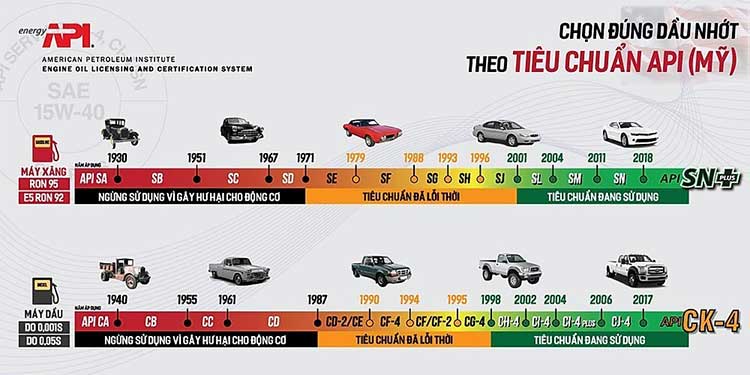
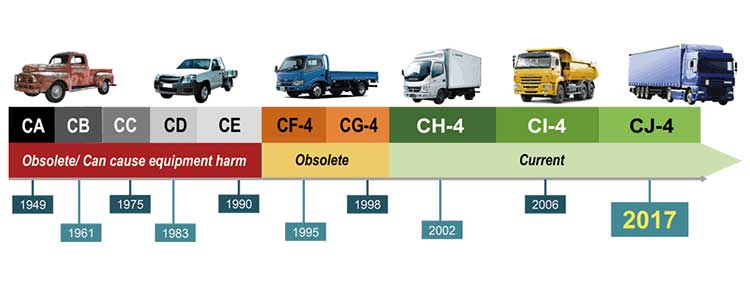

Common engine oil classifications for cars
Mineral base oil
Mineral base oils provide basic protection for most engines. This oil is usually used temporarily before switching to semi-synthetic or fully synthetic oil. Mineral oils cannot provide good protection for engines at low temperatures. At the same time, it is also easy to cause damage if exposed to high temperatures. Therefore, when using you need to change the oil regularly to ensure the engine runs smoothly.
Semi-synthetic technology oil
Semi-synthetic technology oils are the balance between the economic value offered by mineral base oils and the outstanding performance of fully synthetic oils. With the ability to protect and resist engine wear better than conventional lubricants, semi-synthetic technology oils are the most popular choice today.
Fully synthetic technology oil
This is an oil specially formulated in a laboratory environment, for high-tech engines. Fully synthetic technology oils perform well at low temperatures and maintain effective lubrication at high temperatures. Prevents the build-up of deposits, reduces friction and limits wear on engine parts.
Because of their excellent durability, fully synthetic technology oils will take a long time to degrade. Therefore, the cost of fully synthetic oil is also quite high compared to conventional oil.
Conclusion
It can be seen that, oil is one of the indispensable components of the engine. For every car owner, understanding and using the right lubricant is extremely important. This will help maintain the engine life significantly. Not only that, it also helps to increase the "smooth", the "smooth" of the car every time it is used.



